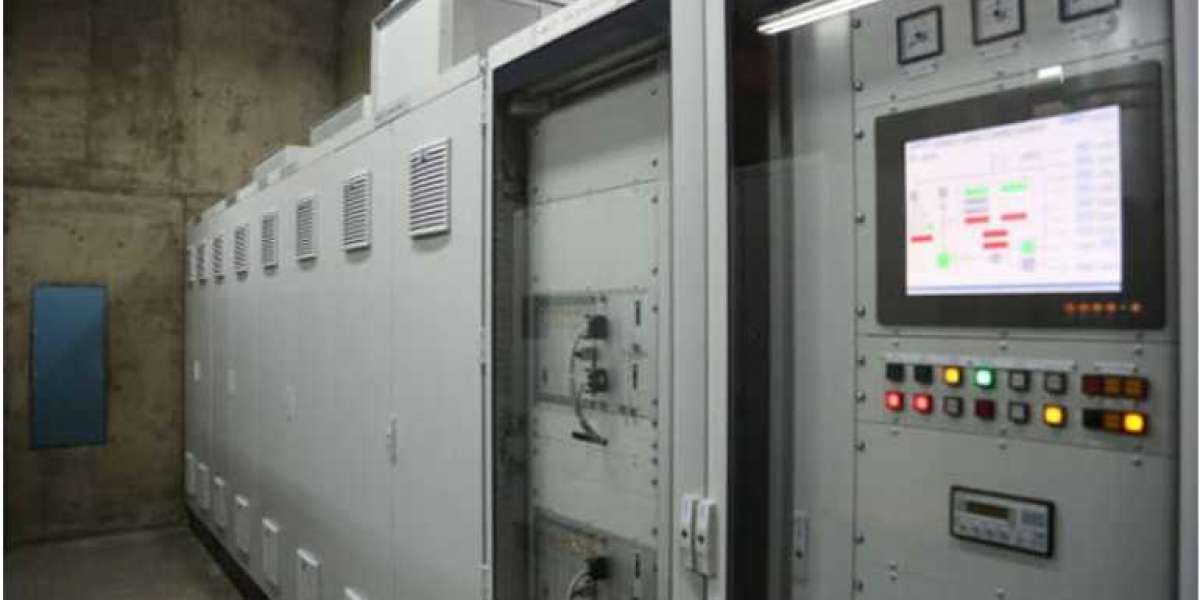It has helped the Automatic Voltage Regulator Stabilizer Manufacturers come up with new and better stabilizers.
As now the voltage regulator stabilizers are automatic the response to voltage fluctuations is ultra-fast. Thus it helps the users with adjusting the voltage requirements remotely.
What is it?
A Voltage Stabilizer is an electrical appliance that maintains a constant output voltage, which supplies to a certain load at the output terminals.
And in the process keeping the load appliance protected from any fluctuation or variations that is generated in the input voltage or the incoming power supply.
A Voltage Stabilizer protects the electrical or electronic gadget (say for example – A Refrigerator, television, etc.) from any damage that may happen due to a Surge in Voltage or any fluctuations like Over Voltage and Under Voltage conditions.
Voltage Stabilizers are also referred to as AVRs (Automatic Voltage Regulators). Using the Voltage Stabilizer is not just limited to residential or commercial equipment that requires an external power supply.
Also, self-sufficient systems that have their own power generators like a ship, which has its own power generation systems using Diesel Alternators, heavily depend on AVRs to keep the other equipment safe.
There are several types of Voltage Stabilizers on sale in the market. They can be analog Voltage Stabilizers as well as digital automatic Voltage Stabilizers which are manufactured by the stabilizer transformer manufacturers.
They can be single-phase or can be three-phase as required by the type of application. The control or “regulation” of voltage output to a desired level of stabilization is done employing the buck and the boost method.
This is performed by the Voltage Stabilizer’s internal circuitry. It is important to note that manufacturers build three-phase Voltage stabilizers in two types of models. They are the balanced load model and the unbalanced load model.
Automatic voltage controllers manufacturers also manufacture Voltage Stabilizers in different KVA ratings and ranges. The normal range of stabilized output voltage is 200-240 volts having a 20-35 volts boost-buck on an input voltage feed having a range of 180 volts to 270 volts.
Similarly, there is this wide range Voltage Stabilizer that has the ability to stabilize the out voltage to 190-240 volts having a 50-55 volts boost and buck on an input voltage feed having a range of 140 volts to 300 volts.
Automatic Voltage stabilizers are used for a wide variety of implementations like a dedicated voltage stabilizer for your home television, Refrigerator, Microwave ranging to the voltage stabilizer for the entire household electrical devices and appliances.
Along with the stabilizing function, Automatic Voltage Regulator Stabilizer Manufacturers nowadays implement many additional and useful features to the Voltage Stabilizers.
Such as zero voltage switching, voltage cut-off display, overload protection, output start and stop facility, frequency variation protection, manual or auto start, voltage cutoff, etc.
It should be noted that Voltage Stabilizers are absolute energy-efficient devices.
Why do we need one?
All electrical and electronic devices are designed to work with the most efficiency in a specific range of power supply voltage.
This is called the nominal operating voltage. Based on the safe operating limit as designed for the appliance, the working range of the appliance with the optimum efficiency may be limited to ± 5%, ±10%, or more of the range.
Generally, the input voltage supply which we receive from the power companies always fluctuates. As a result, there is a constant variation of the input voltage supply. This fluctuating voltage results in the reduction of an appliance’s efficiency and increases its failure rate.
A filtered, protected, and stable power supply feed is the most important thing to an electrical or electronic appliance.
Having a corrected and stabilized voltage supply is very important to the appliance’s performance of its intended functionality in the most optimized manner.
Using the Voltage stabilizer you can ensure that the appliance receives the requisite and stabilized voltage irrespective of the fluctuations in the input power supply.
It can be well understood that Voltage stabilizers are an efficient solution for situations to get the optimized performance from the appliances and get the desired protection for the appliance against the unpredictable voltage fluctuations, surges, and noise that are present in the regular power supply.
A high-quality, Automatic Voltage Regulator Stabilizer must have the following features to best match your requirements.
1. VOLTAGE REGULATION
The Optimal voltage regulation can be attained when the voltage is equivalent to a load of all electrical equipment.
There are several factors that can affect voltage regulation, this includes the size and type of the wire or cable, reactance of the transformers, cables used in transformers, design of the circuit, motor starter, and power factor.
Irrespective of all these potential issues, the voltage regulation must be able to be set to an accuracy of ±1%. This will eliminate the three-phase unbalance problems that are faced and also minimize the voltage deviations.
2. LOAD COMPATIBILITY
Automatic Voltage stabilizers must be of compatibility to the specified load of the appliance. This is to ensure that its operation is optimum and also avoids interference with the operation of the other loads that are connected to the same power supply source.
The High performing automatic voltage regulators should be always able to handle loads with a high starting current.
In order to prevent instability in the Voltage Stabilizer, the speed of the regulator to responses must be so designed that it works with all kinds of electronic power supplies.
3. LOW IMPEDANCE
The definition of Impedance is, it is the resistance that a substance impedes to the flow of electrical current.
It is measured in ohms. The objective of the automatic voltage regulator is to attain low impedance.
When the load current and the source impedance interact it may cause a low voltage, harmonic distortion, and hence a voltage unbalance. In an ideal scenario, an automatic voltage regulator will try to avoid all of the above if it has low impedance.
4. VOLTAGE ACCURACY
Automatic voltage regulators make voltage levels accurate. That is their primary job. But, the accuracy of Voltage depends on the critical load requirement.
5. INPUT VOLTAGE RANGE
The best automatic voltage regulator has a specific input voltage range. The input voltage range has to be broad and shifted.
This is because the drop of line voltages is more than their spike. As a result, there is an option for more low correction, in comparison to high correction.
The features listed above are very important for an automatic voltage regulator in perspective to its performance in a reliable manner.
About the Author: Mr. Ravi Mahajan, MD of Muskaan Power Infrastructure Limited. With a strong educational background in electronics and electrical field, he has enabled Muskaan Power to produce the best electrical equipment with innovative technology.








